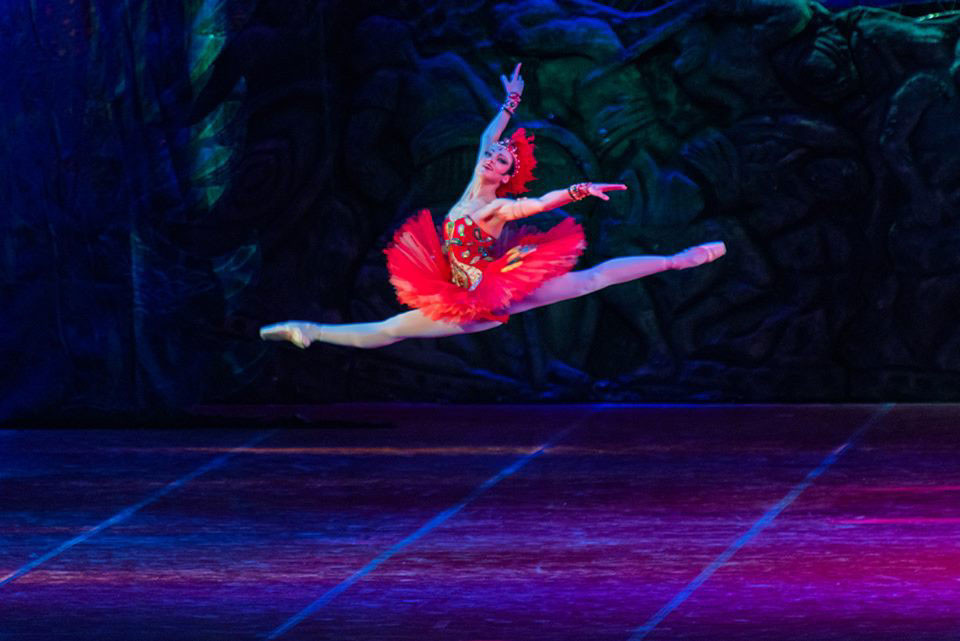
Historians have noted the story is similar to lines from Russian poet Yakov Polonsky’s children’s poem, Winter Journey (1844). In the Ballets Russes production, however, far from causing misfortune, when the young prince catches the Firebird it actually helps him. Characterised as a bird of great beauty, it brought peril to those who tried to catch it or steal its glowing feathers. Yet in Russia, the Firebird had a special significance, emerging as a nationalist symbol over the latter decades of the 19th century. Magical birds are not without precedent in folklore, having featured in the childhood tales of many countries, such as Germany, where a similar creature appears in Grimm’s The Golden Bird. Again, however, his musical choices were initially conservative. After discovering how expensive opera was to produce, he settled exclusively on ballet from 1910.
Stravinsky firebird series#
In a series of ventures for Parisian audiences from 1906, Diaghilev looked to Russia’s past for his sources. Their principles were those against which socialists would soon react. They were aligned against both the “realist” modernism of the previous generation, and the evolving spiritual modernism of fellow Russian composers like Scriabin. A collection of conservatives, many were from aristocratic backgrounds with a tendency toward romantic nationalism. Their artistic ideals, however, were far from modern. Tamara Karsavina as the Firebird in the 1910 Ballets Russes production. For over a decade, Diaghilev had been a leading member of a group known as “Mir iskusstva” (World of Art), the title of their short-lived magazine. The Firebird was a production of the Ballets Russes, newly formed by its director, the Russian impresario Sergei Diaghilev. Yet in 1910, he was a largely untested novice.

Given the impact of the last work in particular, it is customary to note Stravinsky’s pivotal influence on the development of musical modernism. Conservative ‘modernists’Īfter The Firebird, Stravinsky’s early career was bolstered by the triumph of his next two works: Petrushka and The Rite of Spring. Notable for what Stravinsky expert Richard Taruskin terms his “celebrated mendacity”, questions have lingered as to whether certain of the composer’s early musical ideas were as original as they seemed. Most crucial, though, is the composer himself who, through successive elaborations of his own biography, engaged in myth-making on an extensive scale.

The ballet’s myth-like storyline features a magical Firebird, who helps a young prince rescue a coterie of princesses from Kashchey, an evil sorcerer.īased on the eponymous bird of Russian folklore, it has ultimately propagated some myths of its own - relating to the artistic ideals of the team who created it, and the narrative’s historical accuracy. The success propelled its composer, then aged 28, to international prominence, a position of influence he would retain for six decades. On June 25 1910, Igor Stravinsky’s ballet The Firebird opened to acclaim at the Paris Opéra.


 0 kommentar(er)
0 kommentar(er)
